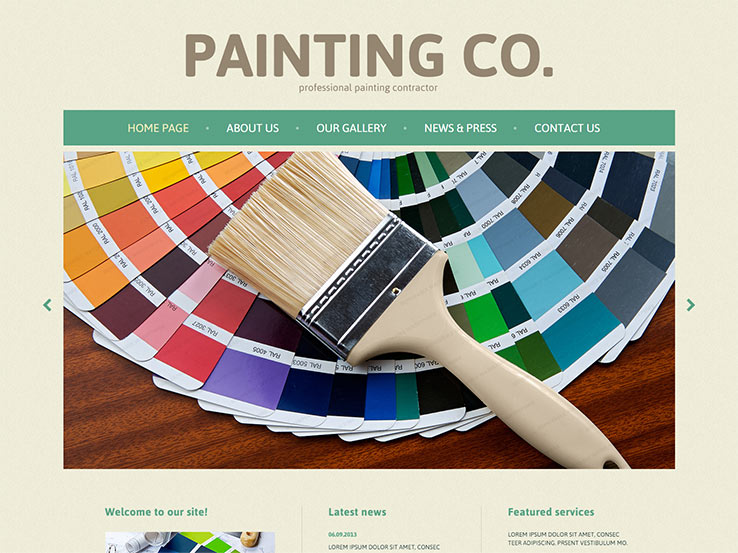Explore The Role Of Seasonal Consider The Success Of Commercial External Paint And Uncover The Best Times To Protect Lasting Outcomes For Your Project
Explore The Role Of Seasonal Consider The Success Of Commercial External Paint And Uncover The Best Times To Protect Lasting Outcomes For Your Project
Blog Article
Developed By- you could look here
When you're intending an industrial outside paint task, seasonal elements can make or damage your outcomes. You'll want to consider exactly how temperature level and moisture influence paint application and drying out times. Selecting the right period can ensure your paint sticks effectively and lasts longer. But which seasons are genuinely the best for this kind of work? Allow's explore the key elements that can impact your task's success.
The Effect of Temperature Level on Paint Application
When you're intending a business outside painting project, the temperature can considerably affect how well the paint sticks and dries.
Ideally, you intend to repaint when temperatures range between 50 ° F and 85 ° F. If it's too chilly, the paint may not treat effectively, bring about issues like peeling off or breaking.
On the other side, if it's also hot, the paint can dry too quickly, protecting against correct attachment and causing an irregular surface.
You must additionally take into consideration the moment of day; morning or late afternoon uses cooler temperatures, which can be a lot more beneficial.
Always check the producer's referrals for the certain paint you're utilizing, as they often provide assistance on the ideal temperature range for optimal outcomes.
Humidity and Its Effect on Drying Times
Temperature isn't the only environmental aspect that influences your business outside paint project; humidity plays a substantial function too. High humidity degrees can decrease drying out times considerably, affecting the overall high quality of your paint task.
When the air is filled with moisture, the paint takes longer to treat, which can result in problems like inadequate attachment and a higher threat of mold growth. If you're painting on an especially damp day, be prepared for extended wait times between layers.
It's essential to keep an eye on regional weather and strategy appropriately. Preferably, go for moisture levels between 40% and 70% for optimum drying out.
Maintaining these consider mind ensures your job remains on track and supplies a long lasting surface.
Best Seasons for Commercial Outside Painting Projects
What's the very best season for your business external paint tasks?
Spring and very early loss are typically your best choices. Throughout these periods, temperatures are mild, and humidity degrees are often lower, producing ideal problems for paint application and drying.
Prevent summertime's intense heat, which can trigger paint to dry also promptly, leading to inadequate adhesion and surface. In a similar way, winter's cold temperature levels can hinder appropriate drying out and curing, risking the long life of your paint work.
Go for days with temperatures between 50 ° F and 85 ° F for optimum results. straight from the source in mind to examine the regional weather prediction for rainfall, as damp conditions can destroy your job.
Planning around these elements ensures your paint job runs smoothly and lasts much longer.
Conclusion
Finally, planning your industrial external painting projects around seasonal considerations can make a significant difference in the result. By organizing work throughout the ideal temperatures and moisture degrees, you'll ensure much better adhesion and drying times. Remember to keep an eye on regional weather prediction and select the right time of year-- spring and very early fall are your best options. Taking these actions will certainly aid you achieve a resilient and specialist surface that lasts.
